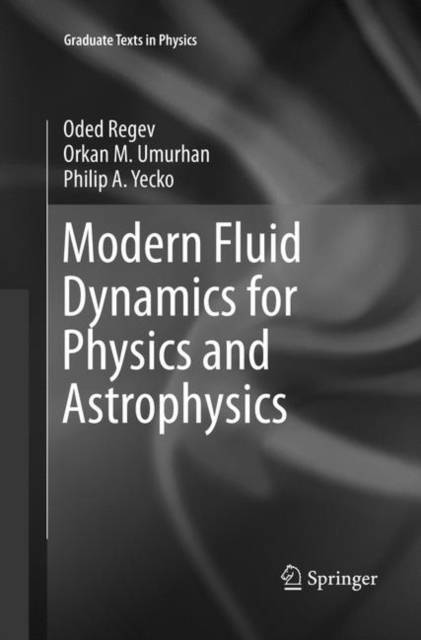
- Afhalen na 1 uur in een winkel met voorraad
- Gratis thuislevering in België vanaf € 30
- Ruim aanbod met 7 miljoen producten
- Afhalen na 1 uur in een winkel met voorraad
- Gratis thuislevering in België vanaf € 30
- Ruim aanbod met 7 miljoen producten
Omschrijving
This book grew out of the need to provide students with a solid introduction to modern fluid dynamics. It offers a broad grounding in the underlying principles and techniques used, with some emphasis on applications in astrophysics and planetary science.
The book comprehensively covers recent developments, methods and techniques, including, for example, new ideas on transitions to turbulence (via transiently growing stable linear modes), new approaches to turbulence (which remains the enigma of fluid dynamics), and the use of asymptotic approximation methods, which can give analytical or semi-analytical results and complement fully numerical treatments. The authors also briefly discuss some important considerations to be taken into account when developing a numerical code for computer simulation of fluid flows.
Although the text is populated throughout with examples and problems from the field of astrophysics and planetary science, the text is eminently suitable as a general introduction to fluid dynamics. It is assumed that the readers are mathematically equipped with a reasonable knowledge in analysis, including basics of ordinary and partial differential equations and a good command of vector calculus and linear algebra.
Each chapter concludes with bibliographical notes in which the authors briefly discuss the chapter's essential literature and give recommendations for further, deeper reading. Included in each chapter are a number of problems, some of them relevant to astrophysics and planetary science. The book is written for advanced undergraduate and graduate students, but will also prove a valuable source of reference for established researchers.
Specificaties
Betrokkenen
- Auteur(s):
- Uitgeverij:
Inhoud
- Aantal bladzijden:
- 680
- Taal:
- Engels
- Reeks:
Eigenschappen
- Productcode (EAN):
- 9781493979929
- Verschijningsdatum:
- 26/05/2018
- Uitvoering:
- Paperback
- Formaat:
- Trade paperback (VS)
- Afmetingen:
- 156 mm x 234 mm
- Gewicht:
- 970 g

Alleen bij Standaard Boekhandel
Beoordelingen
We publiceren alleen reviews die voldoen aan de voorwaarden voor reviews. Bekijk onze voorwaarden voor reviews.








